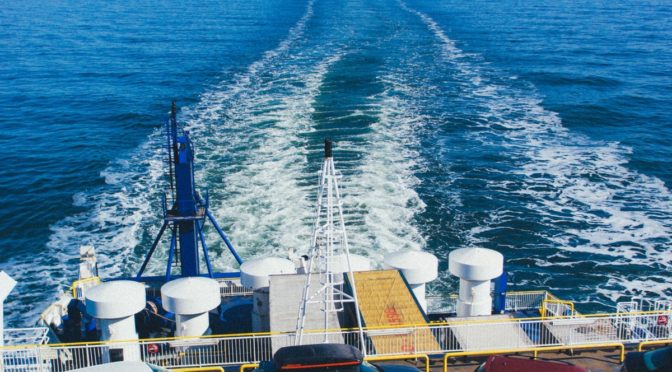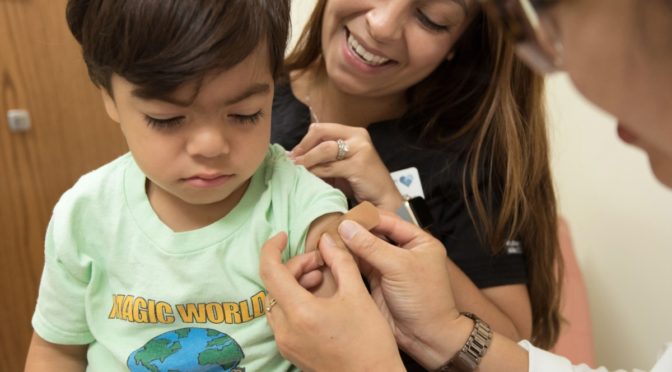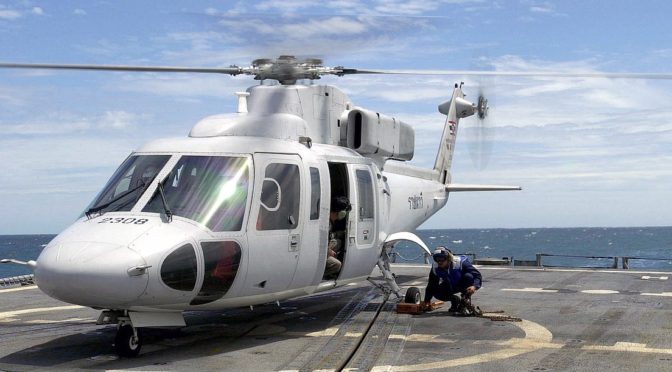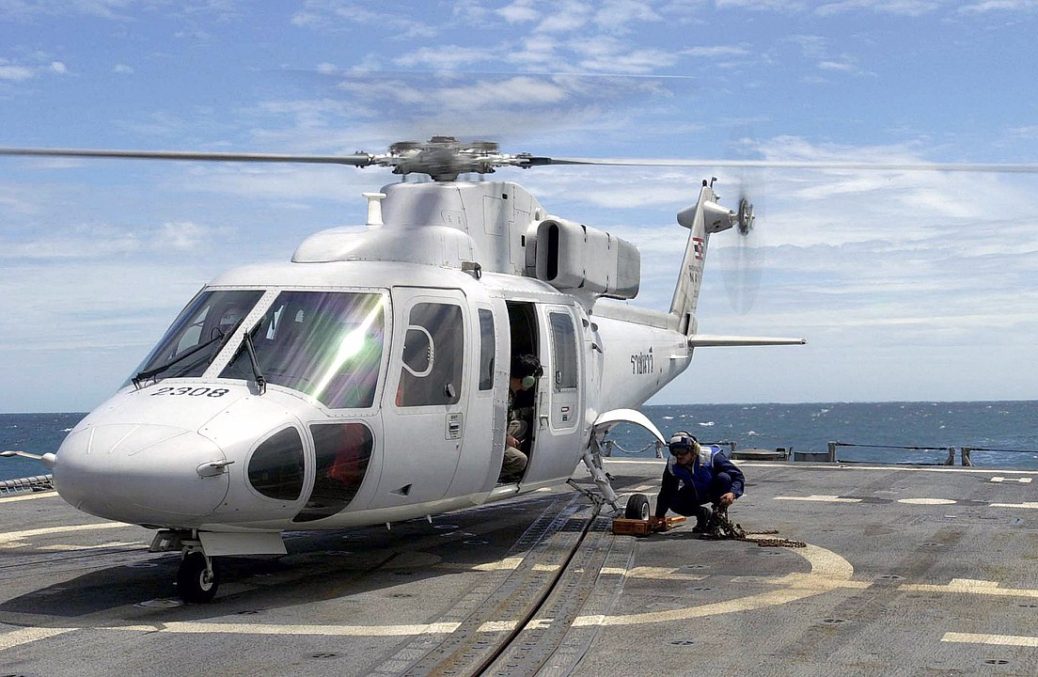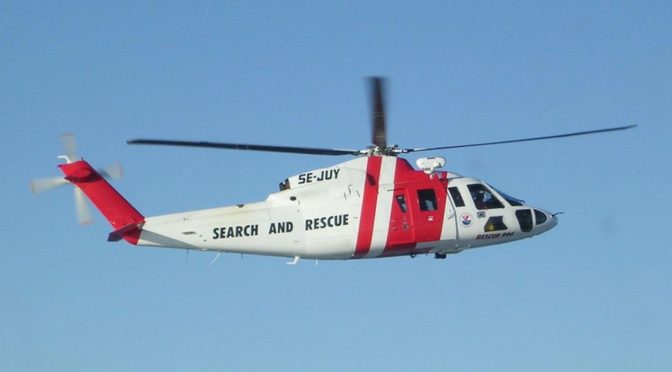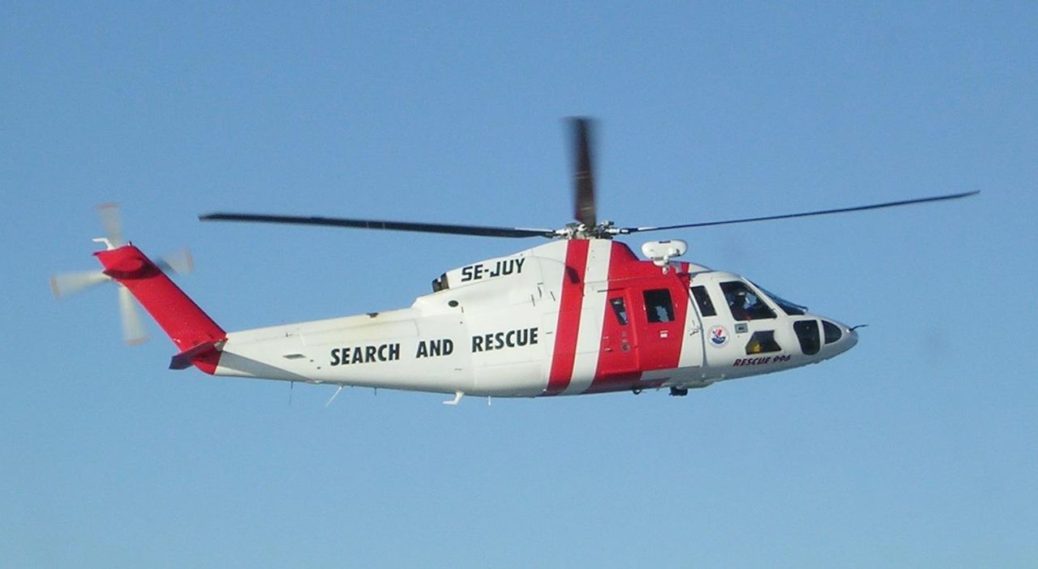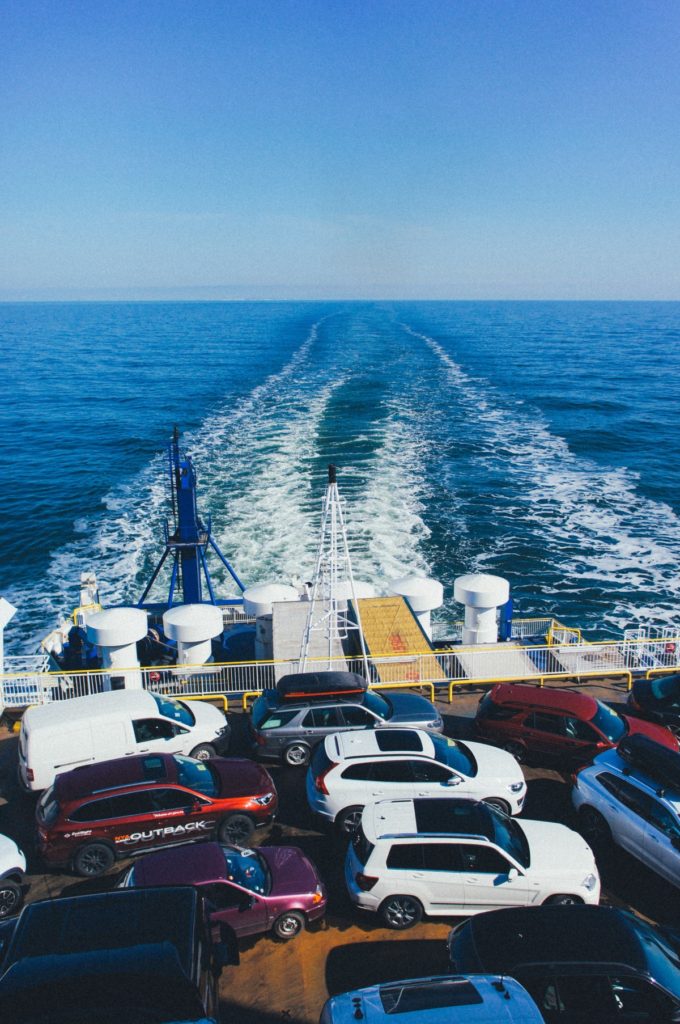
I’ve written about car drownings before (in Florida, as is the case here, in New York, and in Oregon). If you die due to road trauma in the United States, statistically, this isn’t how it’s going to happen. But alongside dying in a crash-generated fire, deaths by water immersion are surely among the most feared ways of death involving motorized traffic. There’s a reason these stories make the news and have more staying power than “normal” crashes. If you’re going to die, you want it to be quick. Drowning and burning to death are not, compared to the agony they inspire.
Unfortunately, Emma Afra, 65, and Viviane Brahms, 75, suffered such a death on February 18th, 2020, around Fisher Island, Florida, close to Miami Beach, when Emma accidentally drove their blue 2019 Mercedes-Benz car off the back of the Pelican car ferry they were traveling on and into the waters below. Let’s unpack what happened, how it could have been prevented, and what best practices look like involving car ferry safety.
How did Emma and Viviane die?
Per witness reports, Emma did not set the parking brake in her vehicle during the voyage and at some point (close to 5 PM local time), pressed the accelerator. She drove through the netting on the back of the ferry, entered the water, and the vehicle sank soon after. She and Viviane were found that evening hugging each other in the back seats of the car. The car was upside down on the bed of the ocean floor at a depth of 52 feet. The cause of death was almost certainly drowning.
Once in the water, is there any way they could have survived?
In every immersion case, we talk about how they entered the water and how the moment of leaving land (or in this case, a ferry) could have been prevented, but it’s also worth discussing if anything could have been done once the vehicle entered the water. The answer is different in every case, but the primary factors are almost always the situational knowledge of the individuals in the vehicle, the physical and mental conditions of the individuals and the rate, condition, and positions in which the vehicle in question impacted the water. Or to put it simply, your survival in an immersion situation depends on your understanding of how to leave the vehicle and how much time you have to do so, your fitness levels, and the way you hit the water. Let’s take a look at what happened with Emma and Viviane.
Given the relatively low freeboard, or deck height relative to the waterline, most of the velocity of the vehicle would have been horizontal (that spent driving off the deck) rather than vertical (that spent falling into the water). Similarly, images of the ferry shortly after the immersion suggest the vehicle would have had one length of driving room in front of it at most before leaving the deck, which also suggests a low entry speed. To put it bluntly, they would not have hit the water at a speed fast enough to severely injure or incapacitate them (remember that a 10th story fall is equivalent to a 55 mph crash), as long as they were wearing seat belts. The moment they entered the water, the clock started ticking. A car typically takes about 30 to 60 seconds to sink. They would have had to unbuckle themselves, wind down windows (remember that power windows will work for at least a few minutes in an immersion situation) or break them if they could not wind them down, and swim out. There are no other correct answers for survival unless they happened to have personal flotation devices within reach.
Calling for help would not have worked–not with their voices, not with their cell phones. Waiting for rescue would not have worked–not until they were outside the vehicle and treading water or swimming at the surface. Waiting for the vehicle to stop sinking (i.e., to touch the sea bed) in order to open the doors and swim out would not work because most people are psychologically and physically incapable of swimming 50 feet underwater on a single breath (especially in light of the fact that more than half of all Americans don’t have basic swim skills).
The moment they entered the water, they had to unbuckle, break or wind down the windows, and swim out. They had 30-60 seconds to do so. They could not. Most people, incidentally, would be unable to, because the vast majority of people would spend that survival window panicking, freezing, or calling for help. It’s a situation very, very few people are prepared for–even under ideal conditions (i.e., with low speed water entries, a lack of injuries, a lack of children or seniors, calm waters, warm waters, and daylight).
What are best practices for using car ferries safely?
The facts are sobering. Most people immersed in water deep enough to fully submerge their vehicles will drown, because they will lack the knowledge of what to do and the physical and mental abilities to do it. Only a small percentage will drown because their vehicles were so damaged escape was impossible or because they lost consciousness at impact. Statistically speaking, you’re going to freeze, panic, and drown.
With that in mind, the proverbs about ounces of prevention being better than pounds of cures are our best defenses, as they are in every high risk environment. I’ve gone on and on about how the way we drive and the places in which we drive matter far more than the vehicles we drive, and this is why: once you’re in the crash, things are out of your hands. Everything leading up to the crash is within them. You choose the roads you drive on, the speeds you use, the seat belts you attach, the car seat stages and orientations for your children, the lights you turn on, the tires you put on in the winter, and so on. All of these factors are designed to help you avoid crashes in the best scenarios and reduce injuries in the worst ones. When it comes to immersion situations, the immersion is the crash, and it’s almost always going to be a fatal one. The only winning move is to avoid it entirely.
How do you do that?
Here’s how you keep your car from driving or rolling over a car ferry deck with your loved ones inside
Well, if you’re on a car ferry, at a minimum, set your parking brake. This is the absolute least you can do, because just about every car can and will override the parking brake if the accelerator is pressed hard enough. And once you leave the deck, you’ve practically signed your death warrant, as well as those of every other occupant in your vehicle. So the parking brake isn’t good enough.
So shift your car into park along with setting the parking brake. This way there’s no possible way to drive into the ocean under your own power as long as you don’t shift out of park. The parking brake is still set to keep you from rolling off the deck if you shift into neutral. But this still isn’t good enough, because you might hit the shifter, or someone else (a child?) might bump it. And it would be no less tragic to die because you bumped out of park and didn’t know it than it would be to die because you hit the gas instead of the brakes. So the parking gear and brake aren’t good enough.
How about turning your engine off entirely? Now we’re starting to make some real moves–keeping in mind that you still are keeping your car in park while the parking brake is engaged, for reasons described above. A car in neutral, after all, doesn’t care whether the engine is on or off. But what if the ship starts to pitch and sway in rough weather? Cutting the motor, setting the parking brake, and keeping it in park isn’t good enough.
At this point, you might realize that nothing involving the vehicle itself is good enough. You can add wheel chocks, but those can move, particularly if the deck is getting sprayed with water while the ship is pitching back and forth. Chaining the car is even better, but it requires a ferry service with such resources and a policy of using them. So why don’t we skip all the way to the sure-fire, most effective solution?
Get out of the car until the ferry is docked
Best practices tend to be simple on a conceptual level. The hard part is following through. Nothing above is nearly as effective as the line you just read in bold. Get everyone out of the car and wait in the cabin with the crew, or in whichever waiting area they use for clients. The ferry doesn’t have one? Then that’s not a ferry worth taking. Respect yourself and your loved ones. Just get out of the car. Unless the entire ferry goes down (and if it does, you’ll likely have a chance to put on life preservers before it does), the ship itself is the safest possible place you could be. Not your car. Not your car. One more time for emphasis–not your car.
It might seem silly for a 10 to 15 minute ferry ride, especially if you have multiple children to unbuckle. Especially if you have infants. But the additional 5 minutes of hassle are much, much cheaper than the dozens or hundreds of years of life you and your vehicle’s occupants will lose if you find yourself rolling off the ferry because you didn’t want to get out of your car. Sometimes time is cheap, like when you’re leaving your car to wait in a cabin while on a car ferry. Sometimes it’s deathly expensive, like when your pilot gets lost in the fog and is about to crash into a hill and kill everyone onboard, or when you drive off a ferry and realize you only have 30 seconds to do your best NAVY SEAL impression for you and five other people in the second and third rows.
Put the odds on your side; don’t pitch yourself hopelessly against them. Best practices are best followed before they’re needed.
 If you find my information on best practices in car and car seat safety helpful, you can buy my books here or do your shopping through this Amazon link. Canadians can shop here for Canadian purchases. It costs nothing extra to do so, but when you shop through my links, a small portion of your purchase, regardless of what you buy, will go toward the maintenance of The Car Crash Detective.
If you find my information on best practices in car and car seat safety helpful, you can buy my books here or do your shopping through this Amazon link. Canadians can shop here for Canadian purchases. It costs nothing extra to do so, but when you shop through my links, a small portion of your purchase, regardless of what you buy, will go toward the maintenance of The Car Crash Detective.

